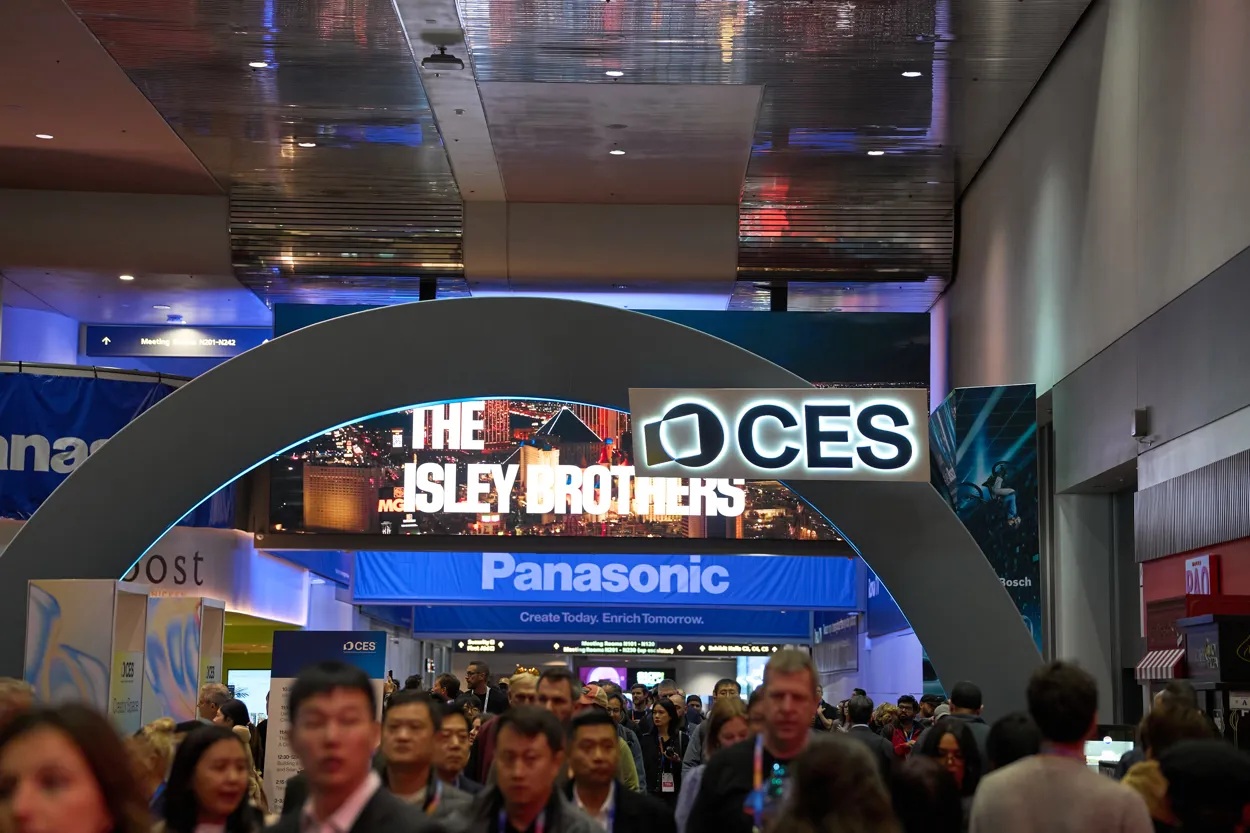Microphones for surround sound
Academy Award-winning sound designer and composer Frank Serafine used the H2-Pro to capture wind noise in the Grand Canyon.
The migration to HDTV may be taking longer than some experts predicted back in the mid-'90s, but it is taking place. Are consumers clamoring for the benefits that enhanced picture and audio can bring to network and local television programming? With regard to surround sound, and the new microphone technologies that make multichannel audio easier to capture than ever, it's clear that viewers are in the driver's seat. Demand will dictate the pace at which the move to surround sound advances.
The audience
Multiple speaker systems are now available at prices that nearly anyone with an interest in surround sound playback in the home can afford, and it's clear that many consumers enjoy hearing film scores played on inexpensive DVD machines. To date, however, the advantages that surround can bring to local newscasts, for example, have not captured the collective imagination of the public. Will the average homeowner eventually be interested in watching coverage of a local fire and hearing trucks screeching around a 5.1 field?
Among the manufacturers with the most to gain if this encroachment occurs are the microphone companies whose product lines include multi-capsule microphones. Designed to eliminate the need to place a series of individual mics throughout an environment, this technology has already been used at several high-profile events. But local television stations have — to this point — remained a tough sell, despite these microphones' strong selling points.
B Format basics
Assuming that an audience exists for surround audio, the logistics involved in setting up six or seven microphones to cover an unfolding news story make them impractical in the fast-paced, budget-conscious ENG marketplace. This is particularly true when a shock-mounted microphone attached to a camera or a single boom are the only ways that audio is captured.
The professional video industry's #1 source for news, trends and product and tech information. Sign up below.
Figure 1. B Format recordings capture audio in three planes (X, Y and Z) as well as at a central reference (W). Recording all four tracks allows the precise audio image at the microphone’s location to be recreated later. The four discrete images can be manipulated in post, creating an infinite variety of microphone patterns. Click here to see an enlarged diagram.
One soultion: B Format technology. (See Figure 1.) SoundField's three surround microphones (the ST250, SPS422B and Mark 5) all use this multiple-axis concept that references all four capsules of a surround microphone against a single point. In effect, the four capsules are angled to cover the four corners of the universe, but each one is electronically placed in the same spot, eliminating any possibility of phase cancellation.
One advantage of B Format is that several different audio streams can be output at one time, making it possible for a local broadcaster to deliver surround sound and stereo to cover the needs of its entire audience base. Because only four capsules are used, however, any multichannel setup that needs more outputs (read: 5.1) requires algorithmic manipulation to achieve the task. In SoundField's case, this consists of a hardware box or a plug-in that needs to be inserted into a Pro Tools or Nuendo session if five or more channels are called for.
One of the challenges with the new technology is convincing broadcasters that shooters won't need a degree in calculus to operate the equipment. (They won't.) And, as we mentioned at the outset, viewer demand is also critical. For example, would that wedding video you had shot mean more to you if it was delivered in a multichannel format?
While SoundField uses four capsules and algorithms to output full surround spectrums, Holophone takes a different approach. Early on in the company's 12-year history, Holophone built a 10-channel microphone.
Holophone's H2-PRO consists of eight discrete microphones. The concept is to allow the multiple-mic array to hear the surround image as the human brain would.
Holophone microphones have been used in the coverage of major sporting events since 1999. In addition to the sonic reality that surround microphones provide, their ease of setup is a big reason why they are gaining popularity. Holophone is working on its latest product, the PRO mini, which will be used at the Turino Winter Olympics next month and released shortly thereafter. The PRO mini, a six-capsule microphone, will mount on a camera and follow its moving perspective. Using SRS Circle Surround II, this device will record six audio tracks onto a stereo pair.
B Format's future
As impressive as Olympic presentations are, manufacturers cannot sustain viable businesses by catering exclusively to the major networks. Education and experience will play a pivotal role if surround sound is to move into the local broadcast environment and become a part of the public's every day viewing experience.
Gary Eskow is a composer and journalist.
